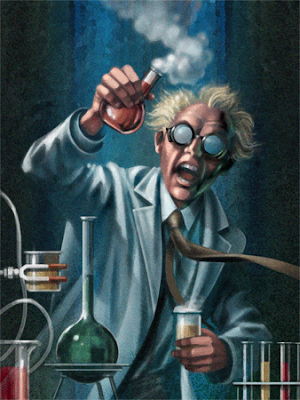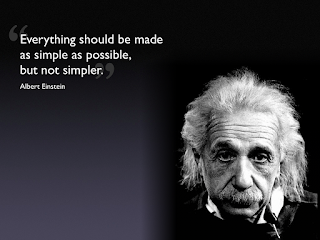10 things you need to know about Stephen Hawking
1) Born in Oxford on January 8 1942 - 300 years after the death of astronomer Galileo Galilei - Professor Hawking grew up in St Albans, Hertfordshire. After being diagnosed with a rare form of motor neurone disease - amyotrophic lateral sclerosis (ALS) - at the age of 22, Hawking was given just a few years to live. 2) Hawking is as much a celebrit y as he is a scientist, having appeared on The Simpsons, Star Trek and having provided narration for a British Telecom commercial that was later sampled on a Pink Floyd album. 3) He had a difficult time at the local public school and was persecuted as a "swot" who was more interested in jazz, classical music and debating than sport and pop. Although not top of the class, he was good at maths and "chaotically enthusiastic in chemistry". Hawking has said of his workload as an undergraduate at Oxford "amounted to an average of just an hour a day". He also said: "I'm not proud of this lack of work, I&#


